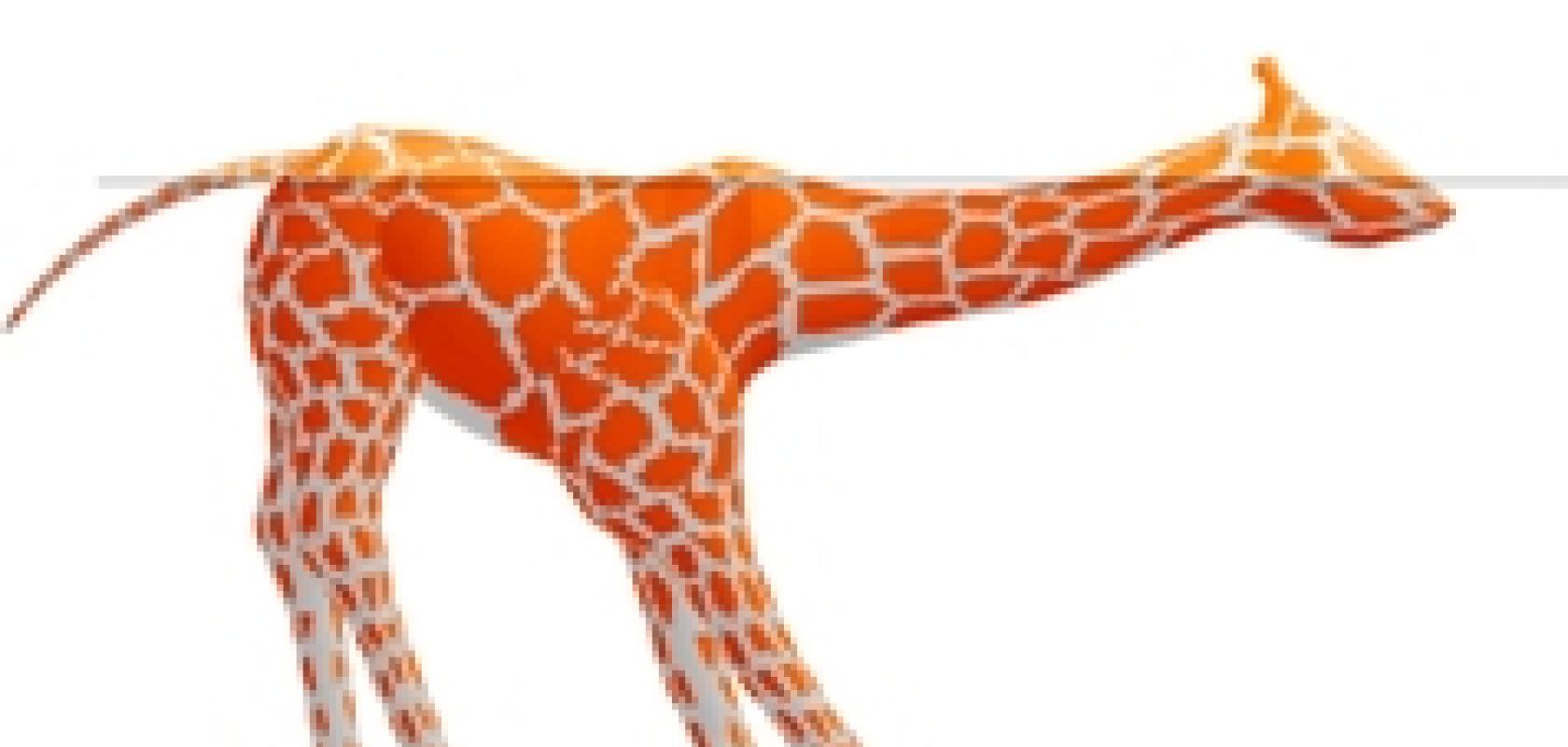Mathematics has proven that giraffes can swim – even though they wouldn't be very good at it and nobody has ever seen them do it.
Whereas most large animals are extremely good swimmers, it has often been said that giraffes are unable to swim or wade. The authors of a new study, published in the Journal of Theoretical Biology, have put this oft-quoted theory to the test by simulating what would happen when a digital giraffe was placed in digital water.
Dr Donald Henderson, of the Royal Tyrrell Museum of Palaeontology in Canada, and Dr Darren Naish, of the University of Portsmouth, were spurred on to find out if giraffes could swim after Dr Naish took part in an online debate on the subject. In previous work, Dr Henderson had created a digital model of a giraffe, and had also tested the buoyancy of various computer generated models of animals.
Creating a digital giraffe involved numerous calculations on giraffe weight, mass, size, shape, lung capacity and centre of gravity. Calculations were made to discover rotation dynamics, flotation dynamics and the external surface area of both a giraffe and – for control purposes – a horse.
Many previous studies have claimed that giraffes cannot swim and that they avoid water. Speaking to Scientific Computing World, Naish commented: 'Giraffes do have dense bones, but overall they don't have a particularly unusual specific gravity. Our model shows that there's no reason why they should sink.'
The authors found that a full-sized adult giraffe would become buoyant in 2.8m of water. But after becoming buoyant, a giraffe would be unstable in the water due to its long, heavy legs, short body and long neck.
The unusual shape of the giraffe meant that it floated in a peculiar manner, with the long front limbs pulling the body downwards. This forced the neck to be held horizontally and mostly underneath the water surface, so the animal would have to hold its head upwards at an uncomfortable angle.
'They would really struggle to keep their mouth and nose above the surface of the water and then their weird shape means that they incur very high drag compared to other swimming mammals,' Naish said. Giraffes also have 13 per cent more surface area than a horse, mostly because of their longer legs, leading to greater drag. 'They're in an uncomfortable posture, they suffer from high drag, and they can't put a lot of power into their stroke. We think they can swim if they have to, but they'd be so bad at it that they would almost certainly avoid it.'
While this research is unlikely to have many practical applications, the authors says it emphasises the point that computer simulations of animals – rather than real animals – can sometimes be used to answer interesting questions. 'It's nice that we can use computer simulations to try and find an answer to a real biological problem that we couldn't actually test in the real world,' Naish said. 'The question of whether giraffes can swim or not ... is something that's quite relevant to the biology and behaviour and distribution of giraffes. It's a question that people interested in giraffes have been asking for decades.'


